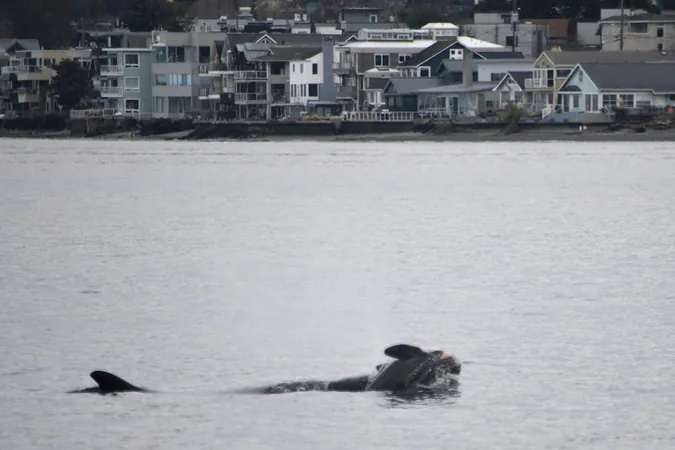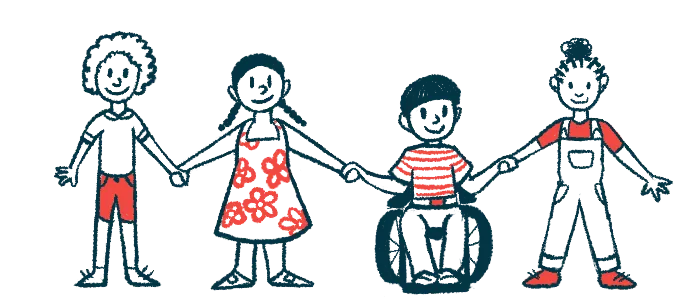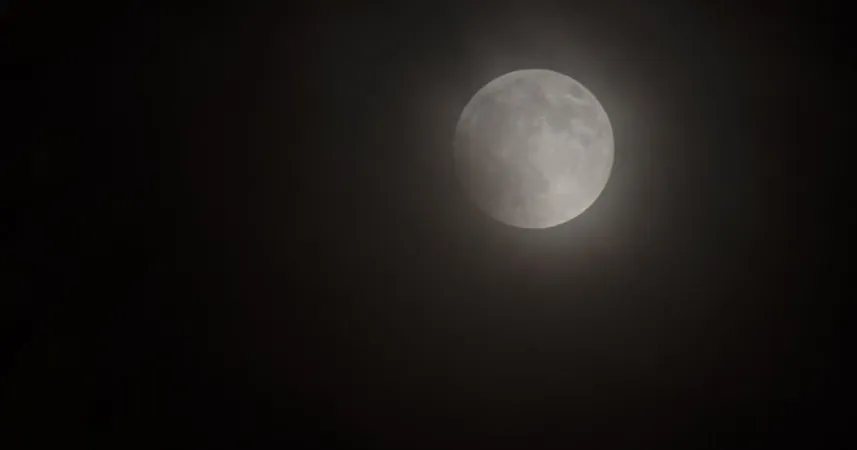
Heartbreaking Grief: Orca Mother J35 Carries Her Dead Calf, Echoing Past Mourning Rituals
2025-01-04
Author: Michael
In a poignant display of grief, a mother orca—known as J35 or Tahlequah—has been seen carrying the lifeless body of her infant calf, J61, on her head. This alarming behavior reflects a similar mourning ritual she exhibited for an astounding 17 days following the death of another calf in 2018. This emotionally charged moment serves as a stark reminder of the perilous state of the Southern Resident killer whale population, currently struggling against extinction.
Tahlequah, a member of the critically endangered Southern Resident population that inhabits the Salish Sea, which stretches along the shores of British Columbia and Washington State, faces immense challenges. Recent counts have identified only 73 Southern Residents, with a mere 25 in the J pod to which Tahlequah belongs. Tragically, J61—a female calf—endured only a few days of life in December before succumbing to an unknown fate, which scientists believe may have connections to the dwindling supply of their primary food source: Chinook salmon.
During a recent press briefing, researchers were unable to determine the precise cause of J61's death. Nonetheless, they raised concerns that an ongoing decline in Chinook salmon availability poses an existential threat to the survival of Southern Resident orcas. On December 19, scientists' observations in Puget Sound revealed no calves, although reports of a newborn were made the following day. By December 23, when J35 and J61 were located, the distressing scene unfolded—both mother and calf appeared to be struggling. That would mark the last time J61 was seen alive, after which J35 began her heart-wrenching vigil, refusing to let go.
Scientific experts, including Joe Gaydos from the SeaDoc Society, have noted that the emotional response demonstrated by J35 can indeed be classified as grief. “We share many neurological traits with these creatures,” Gaydos opined, underscoring the shared emotions across species. This phenomenon is not isolated to orcas; other intelligent creatures, such as dolphins and primates, exhibit similar mourning behaviors when faced with the loss of coral members.
In 2024, the Southern Resident population has seen the birth of three calves so far: one from the L pod that subsequently died, J61, and J62, which appears to be thriving. However, the future of the Southern Residents remains grim. Threatened by pollution, habitat loss, and inbreeding, the survivors face an uphill battle. Michael Weiss, director of research at the Center for Whale Research, stated bleakly that projections for population recovery are largely dependent on enhancing their food supply. “Without an increase in Chinook salmon, recovery is nearly impossible,” he asserted.
The stark contrast in reproductive success between the Southern Residents and their counterparts, such as the Northern Resident population and the West Coast Bigg’s killer whales, becomes apparent in these discussions. The latter populations thrive due to a more diverse diet that includes marine mammals, allowing them higher birth and survival rates for their calves.
As Tahlequah continues to mourn, her sister has remained close by, possibly providing some semblance of support during this heart-wrenching time. While some behaviors observed amongst the pod members raise questions of shared concern, it remains uncertain whether they exhibit empathy for J35 or simply accompany her in their travels.
This tragic narrative emphasizes the fragility of the Southern Resident orcas, who face a myriad of pressures. With the scheduled five-year gap between calves and the burdens related to newly born calves, the challenges are compounded for mothers like J35. Experts have expressed concern that the emotional and physical toll of recent events might contribute to lower survival rates for future offspring.
As the plight of these remarkable creatures unfolds, it is clear that immediate action must be taken to ensure their survival—not just for the orcas or the health of the oceans they inhabit but for future generations to recognize the emotional depth these creatures possess. The world watches in grief, hoping for a glimmer of hope to salvage the future of the Southern Resident killer whales.









 Brasil (PT)
Brasil (PT)
 Canada (EN)
Canada (EN)
 Chile (ES)
Chile (ES)
 Česko (CS)
Česko (CS)
 대한민국 (KO)
대한민국 (KO)
 España (ES)
España (ES)
 France (FR)
France (FR)
 Hong Kong (EN)
Hong Kong (EN)
 Italia (IT)
Italia (IT)
 日本 (JA)
日本 (JA)
 Magyarország (HU)
Magyarország (HU)
 Norge (NO)
Norge (NO)
 Polska (PL)
Polska (PL)
 Schweiz (DE)
Schweiz (DE)
 Singapore (EN)
Singapore (EN)
 Sverige (SV)
Sverige (SV)
 Suomi (FI)
Suomi (FI)
 Türkiye (TR)
Türkiye (TR)
 الإمارات العربية المتحدة (AR)
الإمارات العربية المتحدة (AR)